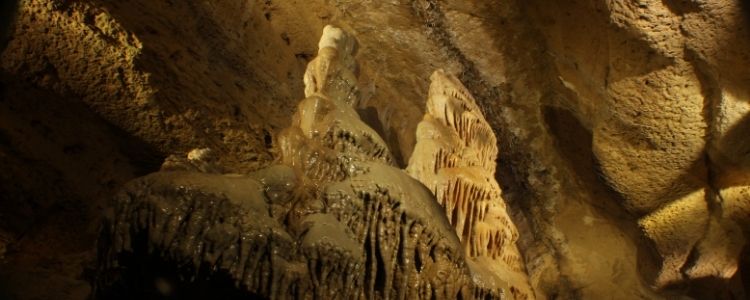Learn More:
Dickas, Albert Binkley. 101 American Fossil Sites You’ve Gotta See. Mountain Press Publishing Company, 2018.
Dickas, Albert Binkley. 101 American Geo-Sites You’ve Gotta See. Mountain Press, 2012.
Dott, Robert H., and John W. Attig. Roadside Geology of Wisconsin. Mountain Press Pub., 2006.
“Landscape and Geology – Ice Age Trail.” Ice Age Trail Alliance, 29 Oct. 2020, www.iceagetrail.org/ice-age-trail/ice-age-trail-landscape-geology/.
“Wisconsin State Natural Areas Program Roche-A-Cri Mound (No. 183).” Roche-A-Cri Mound State Natural Area – Wisconsin DNR, dnr.wi.gov/topic/Lands/naturalareas/index.asp?SNA=183.

